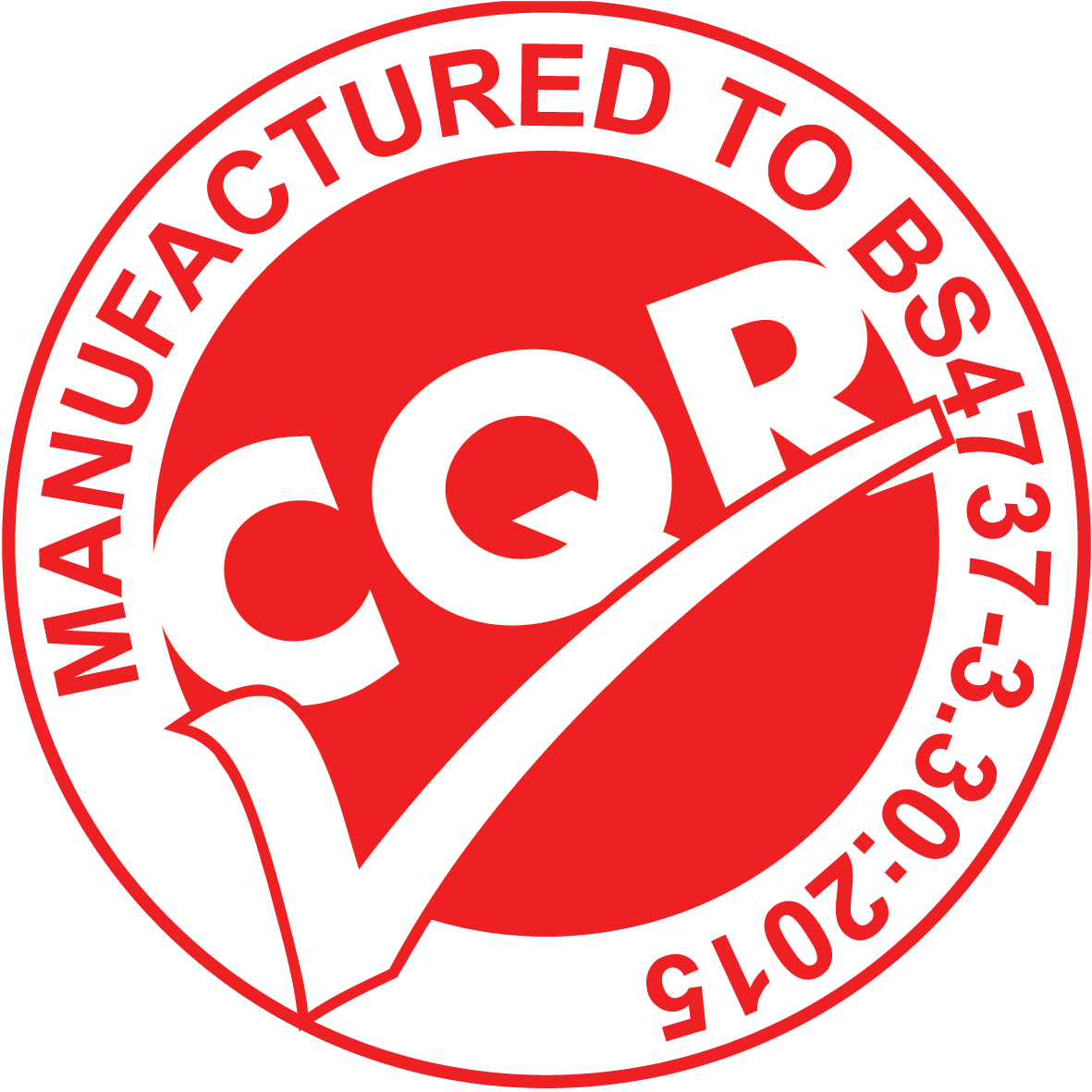|
Fireproof Cables
|
|
|
News
The BSI has introduced a new cable standard, BS4737-3.30:2015, which will come into force on the 1st April 2016. The new standard will give installers clear indication of the quality of the cable they are using.

• Why do we need a standard?
• What the standard says?
• How will the standard be enforced?
• How will I know which cable to use?
|
Why do we need a standard?
Over the past few years there has been an increase in the amount of sub standard security cables available on the UK market. These cables have caused security systems to experience faults and in some case failures and are often the weakest link in otherwise high quality installations. Reputable installers can sometimes fall foul of these poor quality cables because there was no standard and no labelling requirements required. The security industry has recognised this weakness and with the BSI have published BS4737-3.30:2015 Specification for insulated and sheathed cables for interconnection wiring.
|
What the standard says?
Under the new standard there are 3 types of cable:
Type 1 – Cable with a maximum resistance of 100 ohms/km and low smoke halogen free insulation and sheathing
Type 2 – Cable with a maximum resistance of 100 ohms/km and PVC insulation and sheathing
Type 3 – Cable with a maximum resistance of 155 ohms/km and PVC insulation and sheathing
Cables must be clearly identifiable either by labelling affixed to the outside of the drum, coloured rip cord or printed to show the manufacturer, type 1, 2 or 3, number of cores, resistance value of the cores, etc. |
How will the standard be enforced?
Pending the revision of PD6662 in 2016, the security industry has released an Industry Agreement IA1501:2015, this agreement includes the requirements for installers to use cable complying to the new cable standard. Inspectorates will now be able to audit installations to ensure that the cable used is compliant with the standard. |
How will I know which cable to use?
It is expected the specifiers will use the new standard to identify what type of cables should be used on a particular system. This will prevent rogue installers from being able to offer cheaper quotes by using sub standard cables. |
For more information on CQR's work please visit their independant websitehttp://www.cqr.co.uk/ |
|